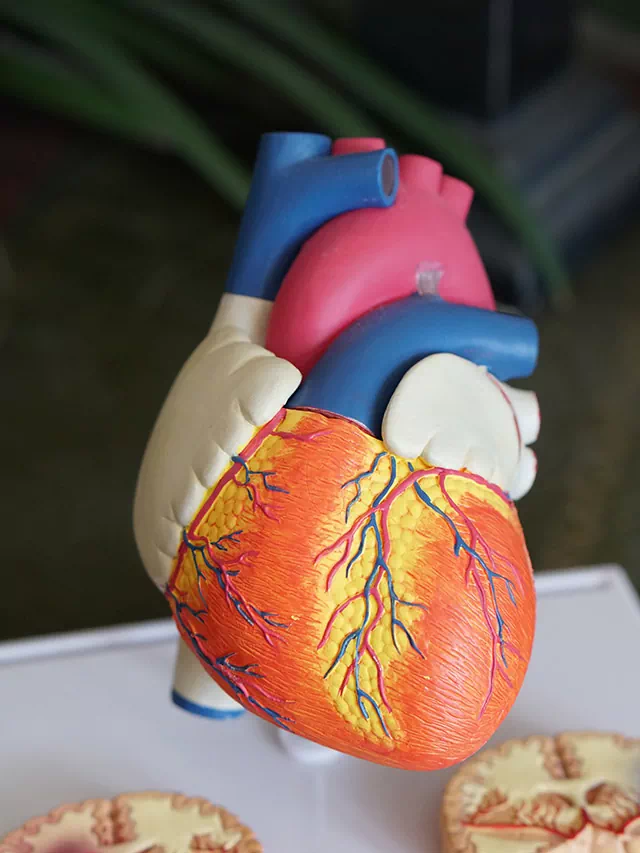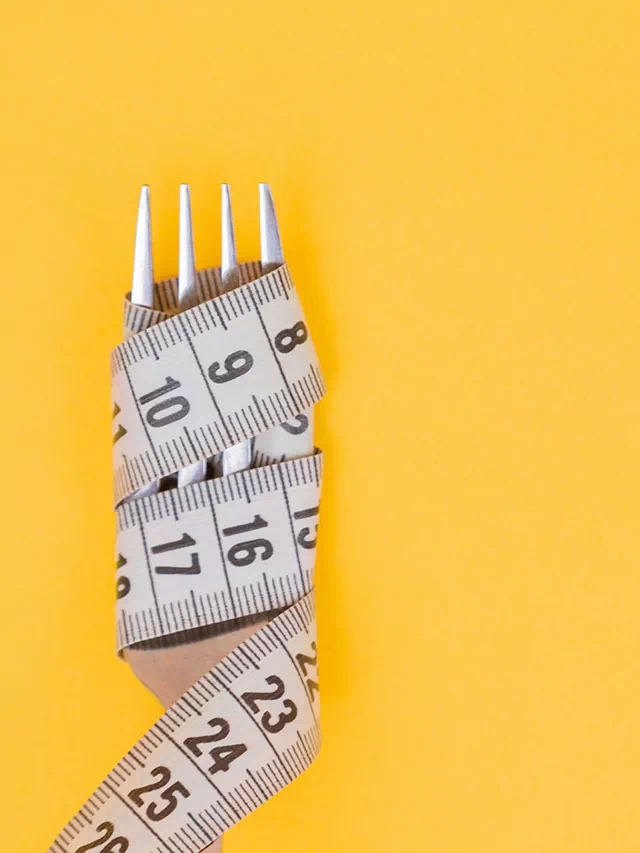Organ weight is a complex subject. There are many factors including body weight, height, lean body mass, and race that cause organ weights to vary widely.
To figure out accurate ranges for organ weights, a lot more data need to be collected. Furthermore, this data needs to come from different types of people. Right now, such data are not routinely collected.
Organ weights used for reference need to come from forensic autopsies, which are usually performed in cases of suspicious, sudden, or traumatic death where a dead person’s organs are otherwise healthy.
Diseased organs assessed during hospital autopsies, however, shouldn’t be used to determine reference values because the disease can actually affect the weight of an organ. Furthermore, the number of autopsies performed is plummeting, giving researchers fewer opportunities to access and assess organ weights.
Despite being poorly appreciated and minimally researched, organ weights and size are still used by healthcare professionals to determine the cause of death and disease as well as to guide certain treatments.
The Numbers
In 2001, French researcher Grandmaison and co-authors published a paper in Forensic Science International analyzing organ weights from 684 autopsies performed on whites between 1987 and 1991.3
This study’s power and concordance with other studies of organ weight, as well as a lack of research on the subject altogether, make it as good a source as any to calculate organ weights.
Based on the results of this study, the following are mean organ weights and ranges for men and women:
| Organ | Average Weight in Men (grams) | Range in Men (grams) | Average Weight in Women (grams) | Range in Women (grams) |
| Heart | 365 | 90-630 | 312 | 174-590 |
| Liver | 1677 | 670-2900 | 1475 | 508-3081 |
| Pancreas | 144 | 65-243 | 122 | 60-250 |
| Right lung | 663 | 200-1593 | 546 | 173-1700 |
| Left lung | 583 | 206-1718 | 467 | 178-1350 |
| Right kidney | 162 | 53-320 | 135 | 45-360 |
| Left kidney | 160 | 50-410 | 136 | 40-300 |
| Spleen | 156 | 30-580 | 140 | 33-481 |
| Thyroid | 25 | 12-87 | 20 | 5-68 |
To some extent, these values lack generalizability and can’t automatically be applied to all people in a population. Even though humans change very slowly over time, the results of this study are already dated.

How Much Do Breasts Weigh?
In the purest sense, breasts aren’t organs per se, but rather a collection of mammary glands and mammary tissue fat. Nevertheless, the breasts are a distinct enough entity from the rest of the body that many surgeons who specialize in breast surgery consider “anatomic organs.”
In an oft-cited article titled “Contribution of Breast Volume and Weight to Body Fat Distribution in Females,” researchers suggest that (based on their assessment) a pair of female breasts weigh about 3.5 percent of the weight of total body fat. However, the sample size of this study is small and the results are somewhat dated.
According to the formula, a woman who carries 40 pounds of total body fat would have breasts that weight about 1.4 pounds for the pair.
“Breast weight is very variable,” says Dr. Bradford Hsu, a breast surgeon affiliated with Sharp Healthcare in Chula Vista, California. “Depending on the age and development of the person involved, both breasts combined can weigh as little as 100 grams or up to four or five kilograms.”
Furthermore, histological changes in the composition of the breasts can sometimes affect breast weight. “If someone has a lot of fibrocystic diseases,” says Dr. Patricia Allenby, a pathologist at The Ohio State University, “the breast is going to be heavier than if it’s fattier. It has to do with the density of the tissue –and fat is very low density.”
However, the effect of fibrocystic, adenomatous, or tumorigenic changes on breast weight is relative.
“If you have a small, golf-ball-sized tumor in a small breast,” says Hsu, “that tumor takes up more of the breast than it does in somebody who has a very large breast. In one person, that tumor may represent a third of her breast mass, and in another person, that tumor may represent less than one percent of her breast mass.”
Besides disease, another important factor that affects breast mass is diet and exercise. When people lose weight, they tend to do so uniformly.
For example, if a pear-shaped woman were to lose weight, she would still retain her pear shape but at a smaller mass. She would be proportionately smaller.
Women don’t lose a higher proportion of body weight from one specific body part—like the breasts—after engaging in diet and exercise. Targeted fat loss or “spot reduction” is unlikely.
A woman who loses weight will not experience a conspicuous decrease in breast size. Her breasts would be appropriate for her new weight and in proportion with the rest of her body—everything would just be smaller.
On a related note, as with the breasts, people lose a proportional amount of weight from the buttocks while dieting.
Height, Weight, Lean Body Mass, & BMI
Research shows that people who are taller, weigh more (have a higher body mass index, or BMI), and have more lean body mass may have heavier organs.
Of these factors, some research suggests that height may best correlate with most organ weights; taller people have organs that weigh more and are proportionately bigger.
Heart weight can be majorly affected by BMI, with obese people having heavier hearts.
Interestingly, female thyroid weight has little to do with height, weight, and lean body mass. Instead, female thyroid weight may be most influenced by iodine intake. In areas where the vast majority of women consume enough iodine in their diets, thyroid weights typically fall within a uniform range for all women.
Age and sex also affect organ weight. On average, women tend to have lighter organs than men do. Furthermore, as with lean body mass, organ weights tend to decrease with age.
Age-related decreases in organ weight are particularly noticeable in brain mass. In other words, a person’s brain will become smaller as they age, which is a natural process. On a related note, brain mass has nothing to do with intelligence; having a bigger brain doesn’t make someone smarter.
Results from a 1994 study published in Der Pathologe—and based on more than 8000 autopsies—suggest that the average brain weight in men without brain disease is 1336 grams and the average brain weight in women without brain disease is 1198 grams.
The researchers also found that, on average, male brain weight decreases by 2.7 grams per year and female brain weight decreases by about 2.2 grams per year. In other words, your brain gets lighter over time.
One physical parameter that exerts an unclear effect on organ weight is obesity. Obesity is an epidemic in the United States and rising rates are undermining the credibility of organ weight reference values.
Certain pathology sources express organ weights as a percentage of body weight – defining a direct and proportional relationship.

The Impact of Disease
It should probably come as no surprise that the effect of disease or pathology on organ weight is highly variable and complex. Certain illnesses cause organs to weigh more and certain illnesses cause organs to weigh less.
Chronic alcohol use is associated with an increased size of the heart (cardiomegaly) and an increased size of the liver (hepatomegaly). Eventually, however, liver weight in people dependent on alcohol can decrease with the development of cirrhosis. With cirrhosis, healthy liver tissue is replaced with scar tissue.
In a 2016 paper published in Diabetologia, Campbell-Thompson and co-authors suggest that people with Type 1 diabetes experience substantial decreases in pancreatic weight evident at the onset of disease. People with type 2 diabetes, however, don’t experience a decrease in pancreas weight.
In other words, results from this study suggest that pancreases in people with type 1 diabetes “shrink,” and this shrinkage can be observed when a person is first diagnosed with type 1 diabetes (typically during childhood or adolescence).
As for the brain, cerebral atrophy – seen in conditions such as stroke and dementia – results in decreased brain weight.
It should probably come as no surprise that the effect of disease or pathology on organ weight is highly variable and complex. Certain illnesses cause organs to weigh more and certain illnesses cause organs to weigh less.
Chronic alcohol use is associated with an increased size of the heart (cardiomegaly) and an increased size of the liver (hepatomegaly). Eventually, however, liver weight in people dependent on alcohol can decrease with the development of cirrhosis. With cirrhosis, healthy liver tissue is replaced with scar tissue.
In a 2016 paper published in Diabetologia, Campbell-Thompson and co-authors suggest that people with Type 1 diabetes experience substantial decreases in pancreatic weight evident at the onset of disease. People with type 2 diabetes, however, don’t experience a decrease in pancreas weight.
In other words, results from this study suggest that pancreases in people with type 1 diabetes “shrink,” and this shrinkage can be observed when a person is first diagnosed with type 1 diabetes (typically during childhood or adolescence).
As for the brain, cerebral atrophy – seen in conditions such as stroke and dementia – results in decreased brain weight.
Conclusion
There is still a lot to learn about organ weights. Investment in such research is important because the size and weight of organs are factors used during the autopsy to determine health status and cause of death.
Currently, the reference values used for organ weights aren’t based on convincing evidence and aren’t universal.
“Organ weights help us to determine if there’s an abnormality,” says Allenby, “and a lot of diseases are related to size changes – especially in the heart. Organ weight helps us to confirm or correlate the diseases that are present … It helps with diagnosis.”
Looking forward, noninvasive imaging modalities, such as MRI and CT, may prove useful in determining organ weights without the need for an autopsy.
In an article published in Investigative Radiology, Jackowski and co-authors found that the weight of the liver and the spleen can be estimated using imaging data and volume-analyzing software.
In fact, the researchers suggest that such imaging may be more accurate than autopsy at determining liver and spleen weights in the case of congestion (shock) since no changes in intrahepatic blood volume occur during imaging.
They also predict more promise in the use of CT to determine organ weights – CT is less expensive and easier to use than MRI, and purification of gases and embolized air limit the utility of MRI. Embolized air refers to air caught in the blood vessels of the circulatory system.



